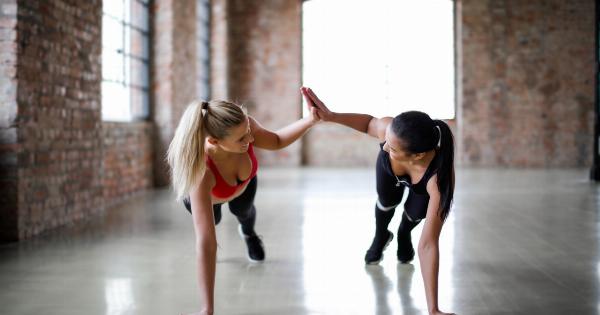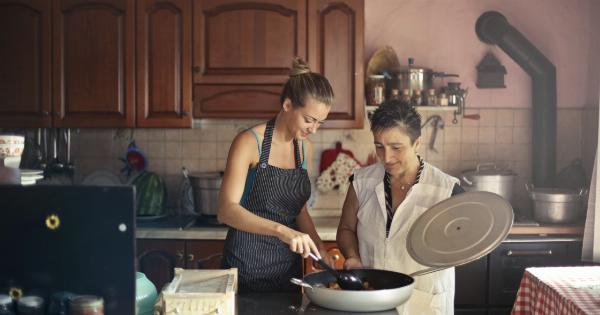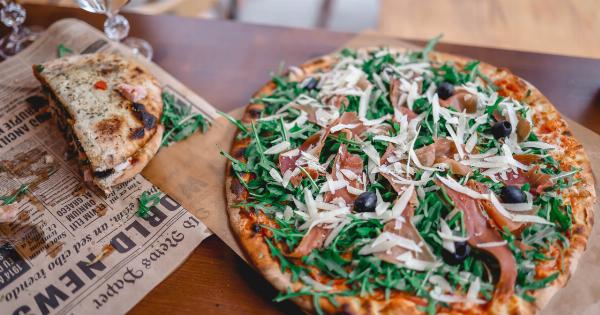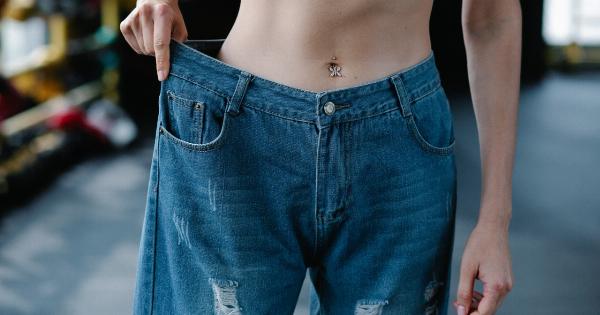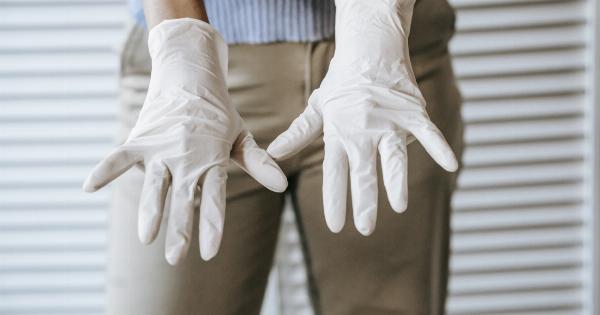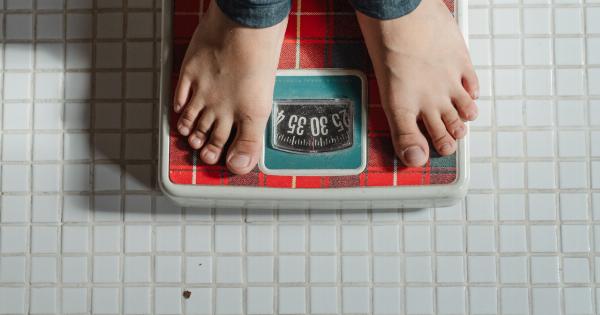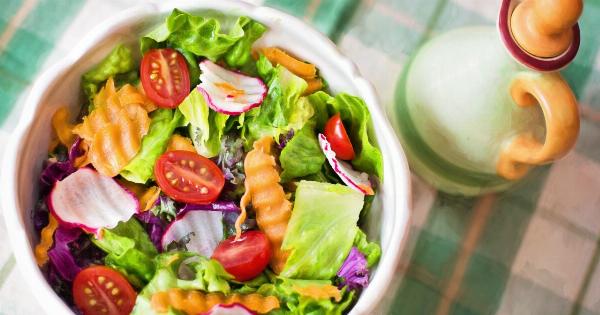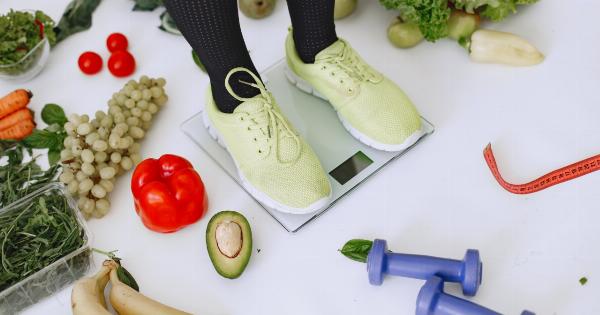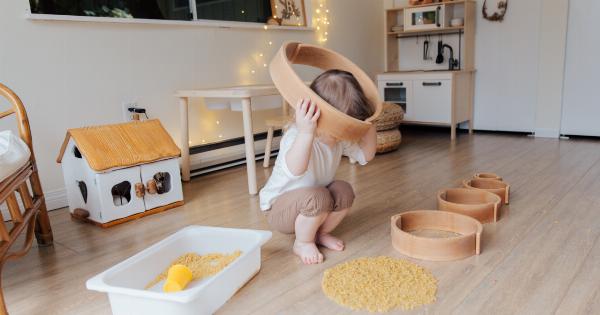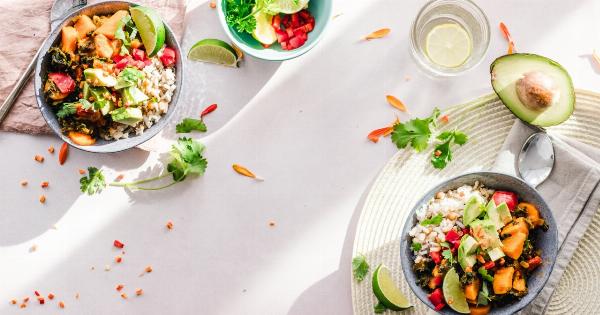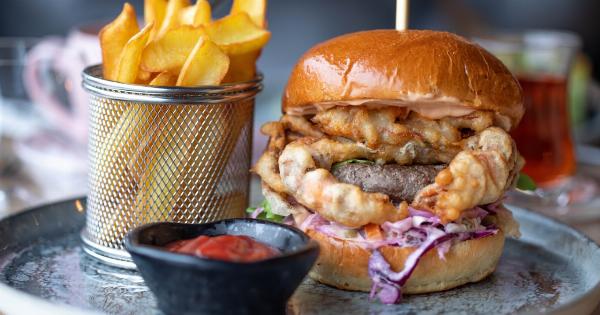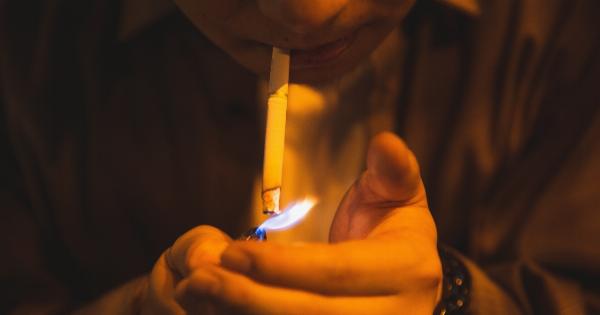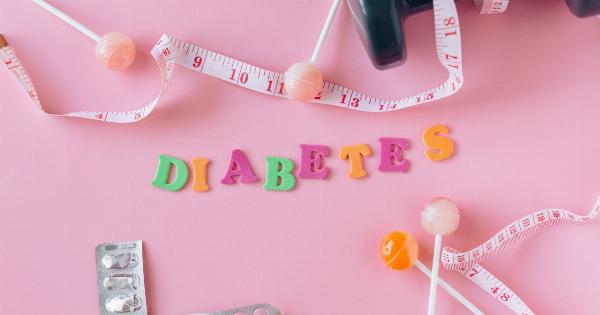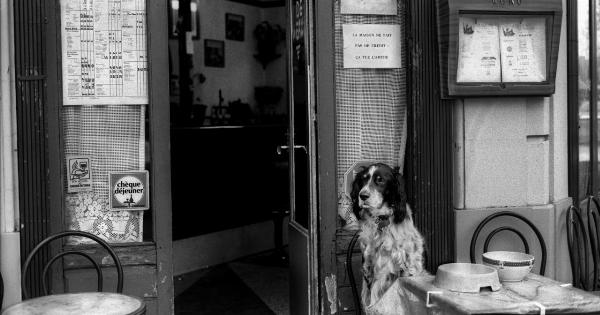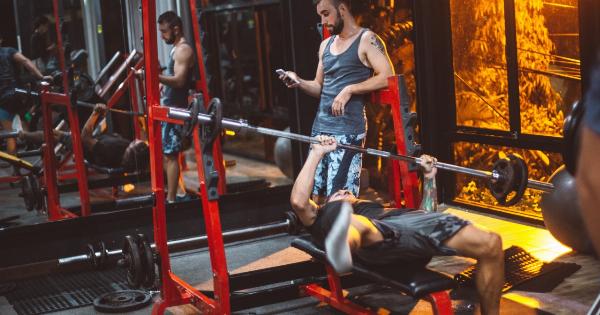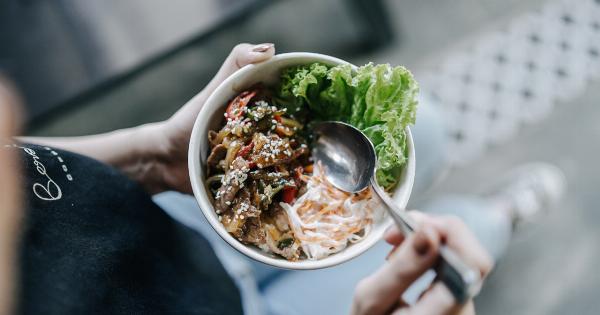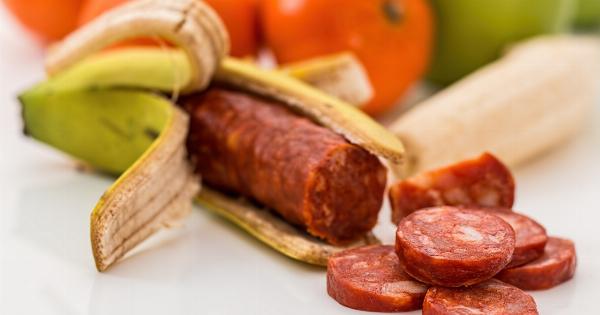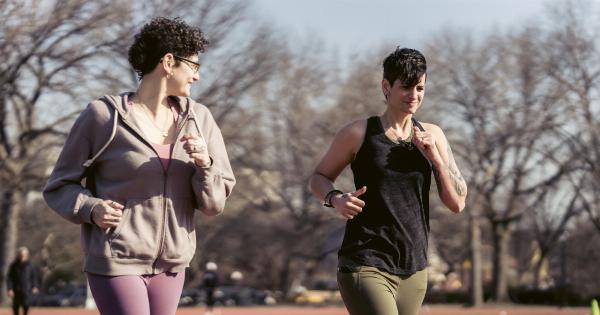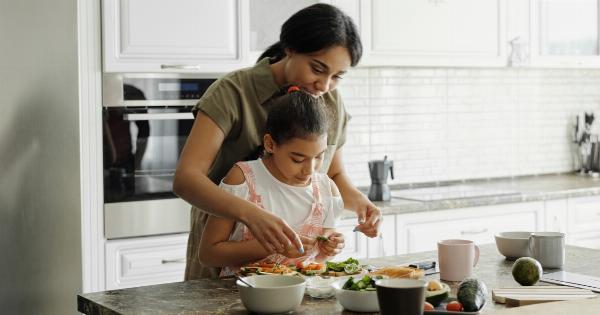Dancers, known for their grace, flexibility, and athletic ability, require a specific nutrition regime to support their demanding physical activity and maintain a lean physique.
Proper diet choices are crucial for dancers as they help optimize strength, endurance, and overall performance. In this article, we will explore the food choices, meal planning strategies, and dietary habits that keep dancers in top shape.
1. Balanced Meals: The Foundation of a Dancer’s Diet
One principle that dancers follow is consuming well-balanced meals that provide essential nutrients for their bodies. A balanced meal typically includes:.
a) Lean Protein: Dancers rely on lean protein sources such as poultry, fish, tofu, and legumes to build and repair muscles, crucial for maintaining strength and endurance during rigorous training sessions.
b) Complex Carbohydrates: Whole grains, fruits, vegetables, and legumes offer the necessary energy for dancers. These complex carbohydrates provide a sustained release of energy, ensuring continuous fuel throughout training or performances.
c) Healthy Fats: Dancers need healthy fats found in avocados, nuts, seeds, and olive oil to support joint health and absorb fat-soluble vitamins.
2. Adequate Hydration: Water, the Dancer’s Best Friend
Staying hydrated is paramount for dancers as it prevents fatigue, supports joint health, and aids in muscle recovery. Regularly consuming water throughout the day is vital.
Dancers may also opt for natural electrolyte drinks to replenish minerals lost through sweat during intense physical activity.
3. Pre-Workout Nutrition: Fueling for Performance
Prioritizing pre-workout fuel is crucial for dancers looking to optimize their training sessions. A combination of complex carbohydrates and lean protein about 1-2 hours before dancing helps provide sustained energy and aids in muscle repair.
Sample pre-workout snacks for dancers include:.
a) Greek yogurt with fruit.
b) Whole grain toast with nut butter.
c) Veggie omelet.
4. Post-Workout Recovery: Nutrition for Repair and Rebuilding
After intense dancing, a dancer’s body requires proper nutrition for muscle recovery and growth.
Post-workout meals or snacks should ideally include a combination of carbohydrates and protein to replenish energy stores and facilitate muscle repair. Some suitable options include:.
a) Chocolate milk.
b) Quinoa salad with grilled chicken.
c) Protein smoothie with fruits and vegetables.
5. Nutrient Timing: The Power of Snacks
In addition to meals, dancers often rely on nutritious snacks to keep their energy levels stable and maintain blood sugar balance. Opting for snacks high in protein and complex carbohydrates helps prevent energy crashes.
Some dancer-friendly snacks include:.
a) Hummus with whole wheat pita.
b) Trail mix with nuts and dried fruits.
c) Hard-boiled eggs with whole grain crackers.
6. Iron-Rich Foods: Boosting Endurance
Anemia can negatively impact a dancer’s energy levels and overall performance. To combat this, dancers often focus on incorporating iron-rich foods into their diet. These iron sources include:.
a) Leafy greens like spinach and kale.
b) Lean red meat and poultry.
c) Lentils and beans.
7. Calcium and Vitamin D: Promoting Bone Health
Strong bones are crucial for dancers to prevent injuries. Calcium and vitamin D play significant roles in maintaining bone health. To meet their calcium and vitamin D needs, dancers include the following foods in their diet:.
a) Dairy products like milk and yogurt (choose low-fat options if desired).
b) Fortified plant-based milk alternatives.
c) Fatty fish such as salmon.
8. Avoidance of Processed Foods: Opting for Whole Foods
Dancers typically steer clear of processed and packaged foods as they tend to be high in added sugars, unhealthy fats, and sodium, which can lead to inflammation and hinder performance.
Instead, dancers prefer whole foods that are minimally processed and rich in nutrients.
9. Mindful Eating: Listening to the Body
Dancers often practice mindful eating, paying attention to their body’s hunger and satiety cues.
By eating slowly and savoring each bite, dancers are more likely to consume an appropriate amount of food for their energy needs, preventing overeating or undereating.
10. Customized Meal Planning: Catering to Individual Needs
It is important to note that every dancer’s nutrition needs may vary based on their dance style, training intensity, and individual preferences.
Some dancers may require a higher daily caloric intake, while others may focus more on specific macronutrient ratios. Working with a registered dietitian who specializes in dance nutrition can help dancers create personalized meal plans to meet their individual needs.

